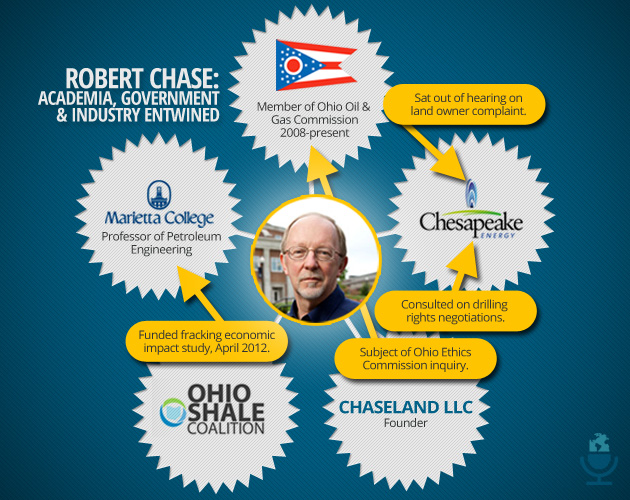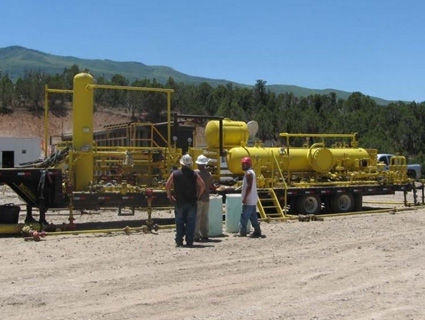Are frackers in your state allowed to keep secrets?
A new analysis by the Natural Resources Defense Council shows that most states where fracking occurs have no disclosure laws at all, and that those that do are woefully behind when it comes to revealing behind-the-scenes details of their operations. While the Obama administration has put some new rules in place, many decisions about what drillers are allowed to hide are left to the states; Interior Secretary Ken Salazar complained to Reuters that state-level regulation is “not good enough for me, because states are at very different levels, some have zero, some have decent rules.”
That’s a problem, study author Amy Mall said, because unlike coal plants and other large-scale energy operations, fracked natural gas wells are often in close proximity to houses, schools, or other high-traffic areas.
At stake is a trove of information: exact ingredients of the chemical cocktail used to frack a particular site, when and where drillers plan to frack, how toxic wastewater is to be dealt with, and many more basic details, all of which could be useful to local politicians and residents concerned about health impacts, groundwater and air pollution, and seismic activity associated with fracking.
“The state laws on the books aren’t anywhere near where they need to be for the public to have information to protect their communities,” Mall said.
The maps below highlight just a few areas covered by the report. Click on states for info on their laws, and for more detail check out the full version here.
 Are drillers required to disclose chemical mixes before fracking?
Are drillers required to disclose chemical mixes before fracking?
Are drillers required to notify nearby stakeholders of their intent to frack?
Are drillers required to disclose details about their wastewater?
Are drillers required to disclose trade secrets to health care providers?















